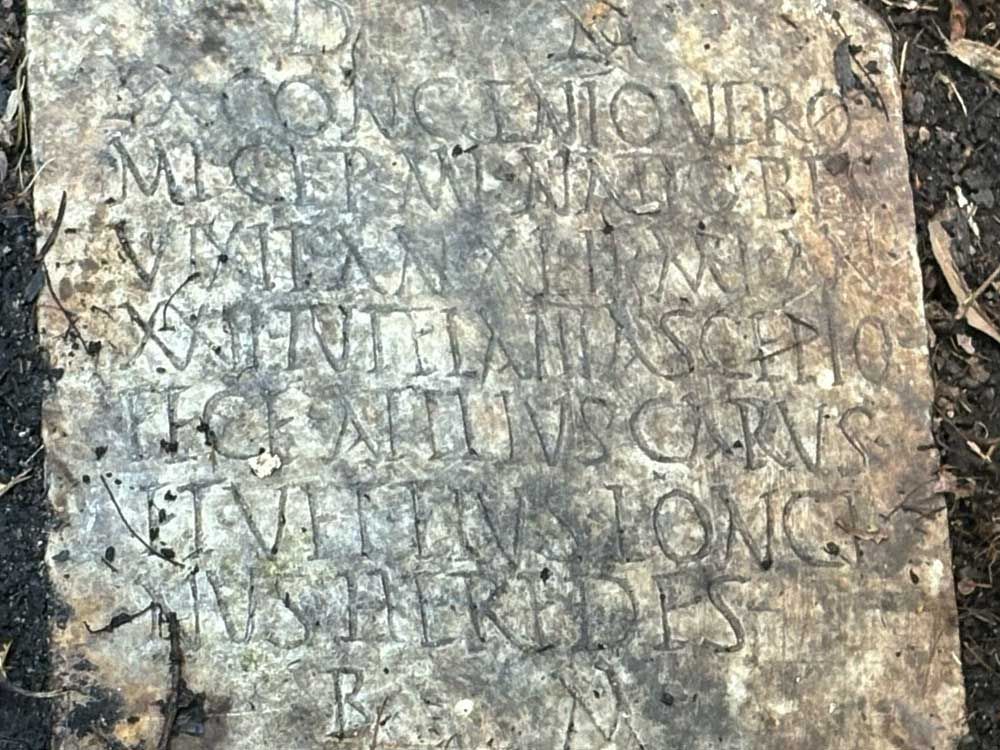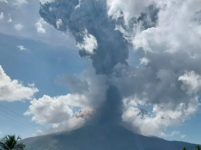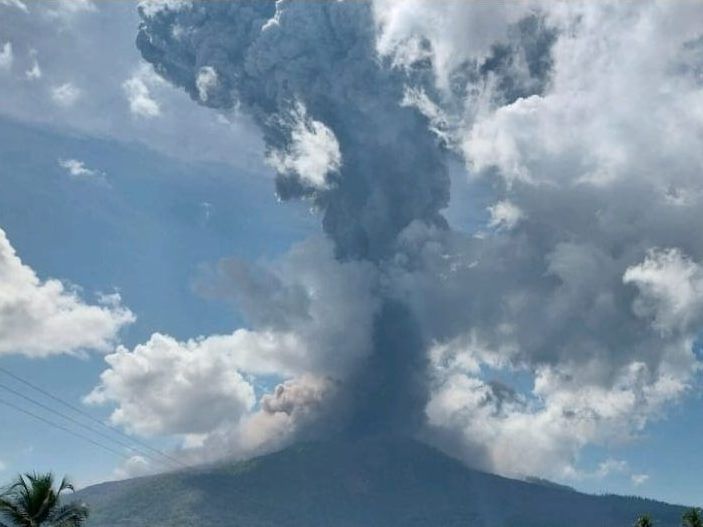Contender, biggest great white shark recorded in Atlantic, found feeding in cold Canadian waters
The animal was tagged with a tracking device off the Florida-Georgia coast in January.
Author of the article:Spiro Papuckoski
Published Oct 09, 2025 • Last updated 14 hours ago • 2 minute read
Contender, a great white shark tagged in January off the Florida and Georgia coasts, has been tracked all the way to Canada late last month.
Contender, a great white shark tagged in January off the Florida and Georgia coasts, has been tracked all the way to Canada late last month. OCEARCH.ORG
Canada has been visited by the biggest great white shark ever recorded in the Atlantic Ocean.
Contender, a male behemoth who weighs 750 kilograms and is 4.2 metres in length, was tagged with a tracking device in January off the Florida coastline near Jacksonville by researchers at OCEARCH, a non-profit organization focused on marine science and ocean conservation.
The last signal from the shark was recorded in the early morning hours of Sept. 29 in the Gulf of St. Lawrence near Quebec. The tracker only produces a signal when the shark’s dorsal fin is above water.
“Only a couple have made it that far north,” Chris Fischer, the 56-year-old OCEARCH founder and expedition leader, told the New York Post.
“An animal like that, spending the summer and fall up north — what are they doing? Well, a lot of what they’re doing is preparing for the winter.”
Contender, a great white shark tagged in January off the Florida and Georgia coasts, has been tracked all the way to Canada late last month.
Contender, a great white shark tagged in January off the Florida and Georgia coasts, has been tracked all the way to Canada late last month. OCEARCH.ORG
Fischer said the approximately 30-year-old Contender, named in honour of sport fishing and pleasure boat manufacturer Contender Boats, is fattening up for the winter.
The shark is “putting a lot of pressure on the seals, eating seals constantly, swimming in front of seal colonies, trying to put on some weight before he proceeds back down to Florida for the oncoming winter,” he said.
Fischer pointed out there are environmental benefits for keeping the seal population in check.
“The byproduct of putting that pressure on the seals is really good, they’re guarding our fish stocks,” Fischer said.
“We know that if the white sharks are in front of the seals putting pressure on them, they eat one-fourth as much per day.”
Without the shark’s presence, the seals would wipe out the fish population.
Contender was pinged numerous times off the Florida and Georgia coasts in January and February. He wasn’t tracked again until April and May near the Carolinas.
By July, the great white was located hundreds of kilometres off Nantucket Island before making the long journey north into Canadian waters late last month.
Another ping was registered on Oct. 2, but because the shark was briefly above water, it’s exact location was undetermined.
According to Fischer, finding Contender in colder areas of the ocean reveals how sharks are able to adapt to different temperatures.
“White sharks have the capacity to warm themselves and be in cold water, but they have to have a lot of food,” Fischer said.
“Like horses in winter — as long as they have food, they’re fine. If they run out of food, they freeze very quickly.”
Ultimately, tracking Contender will hopefully help researchers learn more about the animal’s mating grounds.
“These big mature males are hugely important because they can help us understand where and when mating is occurring,” Fischer said
He pointed out that female sharks have complex migratory cycles that span two years while males mate throughout the year.
“There’s never been a white shark mating site identified anywhere in the world in any one of the nine populations,” Fischer said. “It would be a first.”
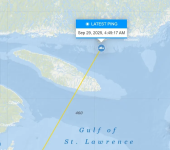
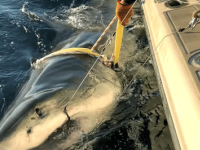
753 likes, 9 comments - ocearch on October 8, 2025: "OCEARCH Founder Chris Fischer shares the latest update from our fishing and science crew in Nova Scotia. In just two days, the team successfully tagged and released five white sharks, adding critical new data to the OCEARCH Global Shark...

instagram.com
Each model starts as a concept with a stringent set of expectations that must be met to be a Contender.

contenderboats.com
The biggest great white shark ever recorded in the Atlantic has resurfaced just off the coast of Canada – where he is plumping up on seals ahead of winter.

nypost.com
Uncovering The Secrets Of The Ocean’s Top Predator To Help Save Our Oceans

ocearch.org
OCEARCH is a data-centric organization built to help scientists collect previously unattainable data in the ocean.

ocearch.org
The biggest great white shark recorded in the Atlantic Ocean made its way into the Gulf of the St. Lawrence on Sept. 29. Read more.

torontosun.com

 www.producer.com
www.producer.com

 www.producer.com
www.producer.com

www.producer.com



 instagram.com
instagram.com


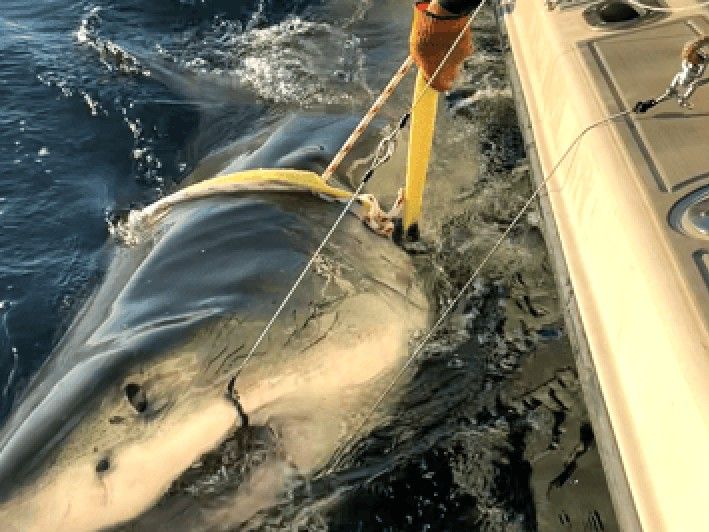
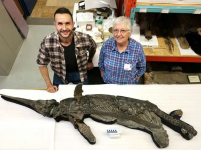
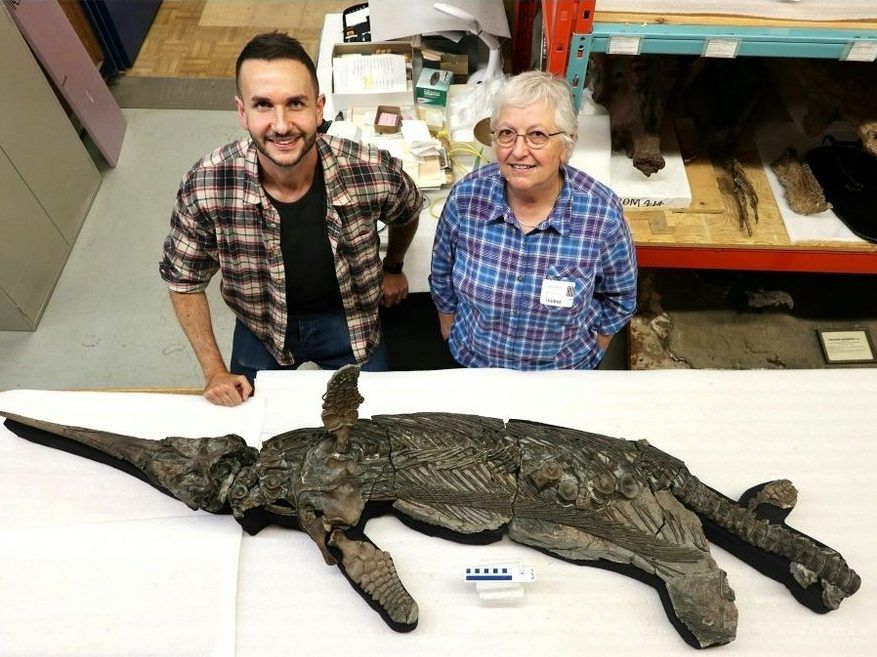
![new-orleans-ancient-headstone[1].jpg new-orleans-ancient-headstone[1].jpg](https://forums.canadiancontent.net/data/attachments/29/29805-4772a4d57951187a922d49c9ded6a915.jpg)
